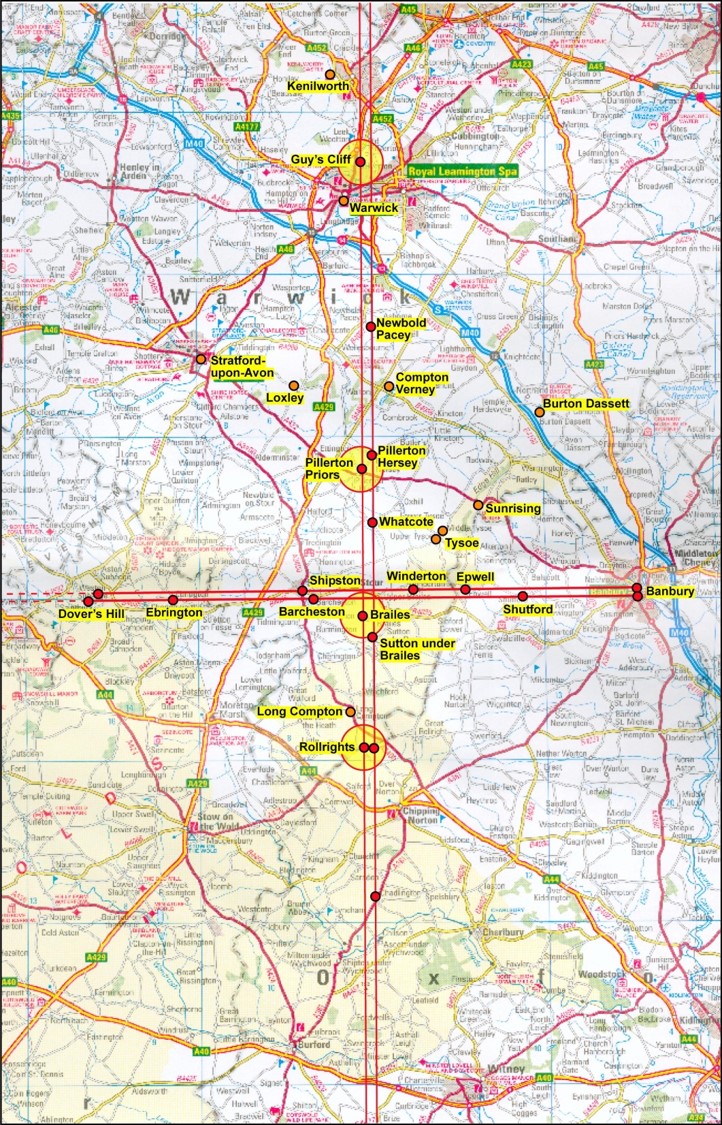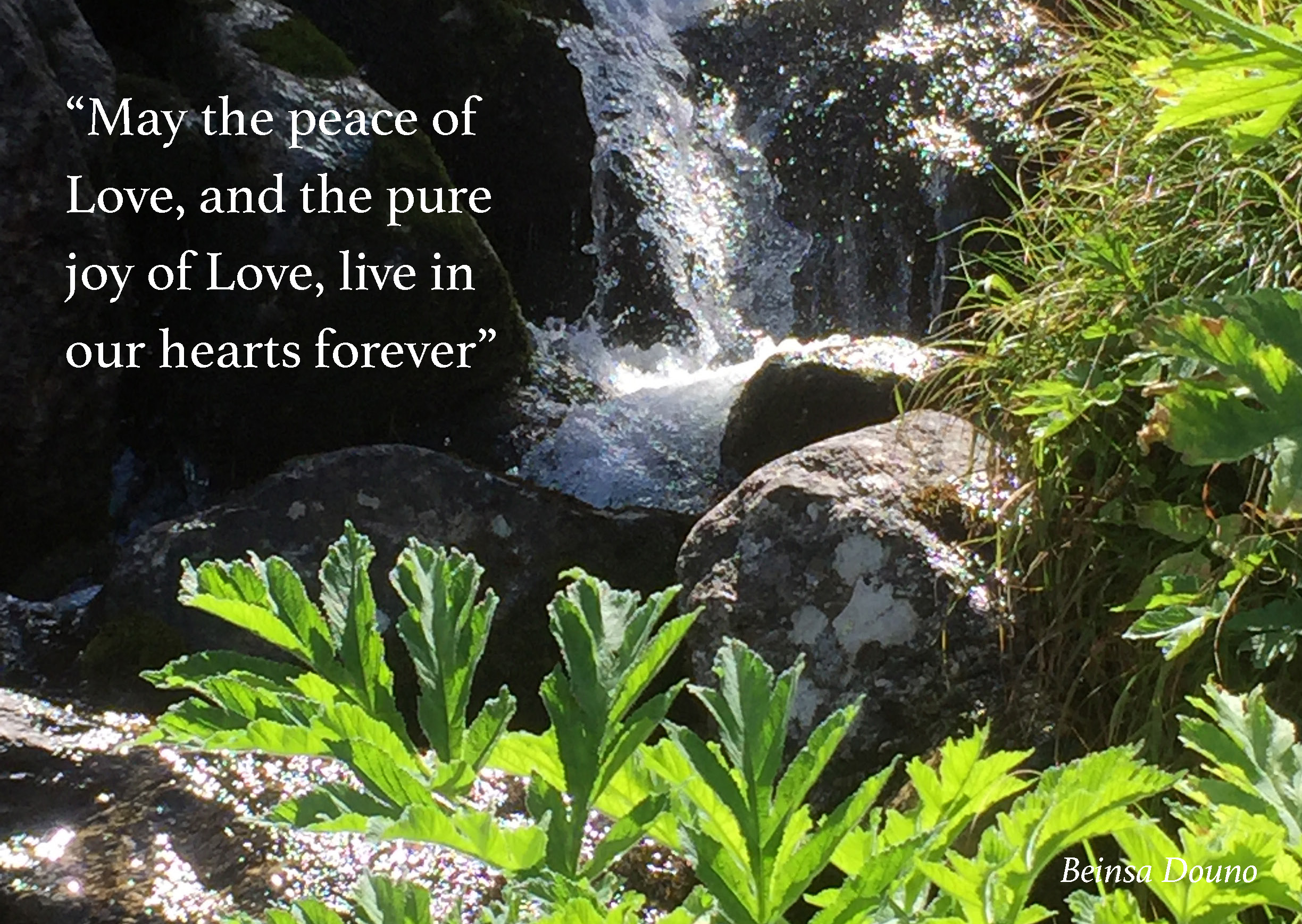This constellation straddles Capricorn and Aquarius and is in the inner circle of constellations which provide the north pole star over the millennia. The Star Deneb, in the tail of the swan, was once the North Pole star – Arcas in Ursa Minor is the present north pole star.
The constellation of Cygnus, the Swan, in the British Zodiac, lies in the Warwickshire and north Oxfordshire landscape. Geomantically there are two manifestations of the Swan. One is where the stars above ‘fall’ on the ground, wherein the spine of Cygnus is marked by the road between Banbury and Stratford-upon-Avon. The other, more powerful one, recognised by the ancients, is marked by a double north-south ley line stretching from the Rollright Stone Circle in the south to Warwick in the north. Warwick forms the head of the Swan and the Rollrights mark the base chakra of the Swan, equating with the star Deneb. The heart of the Swan is marked by Brailes Hill, where an east-west double ley line crosses the north-south double ley line, thus providing the ‘wings’ (or arms of the Northern Cross).

The Celtic symbol for grace and beauty is a swan. Druidic bards would wear cloaks of swan’s feathers to help them connect with their muse, their poetry. We don’t have such cloaks, but we often pilgrimage to the Rollright Stones at the equinoxes and solstices to dance the Paneurhythmy which is a sacred dance of beauty and grace.
The Rollright Stones are a late Neolithic stone circle dating from c. 2500-2000 BC. They form a perfect circle, standing on a prehistoric trackway at the edge of a ridge that marks the northern edge of the Cotswold Hills. At present there are 77 stones remaining, each of heavily weathered local oolitic limestone, but it has been estimated that there were originally some 105 stones standing shoulder-to-shoulder, with a portal entrance from the south that can still be seen today. It is reminiscent of stone circles in the Lake District, such as Castlerigg near Keswick. Nearby there are the Whispering Knights, a collapsed dolman, which is dated around 3800BC and the Kings Stone, c1500BC which is close to a hillock with legends of an Archdruidic burial and which has wonderful views up to the heart centre of Brailes Hill. The Kings Stone, a standing stone, is the odd shape it is today due to people over the ages chipping off pieces for luck!

There are many tales of fairies and wise women and potential kings that are not humble and are turned to stone – there is a very good website www.rollrightstones.co.uk with all the history and mythology. It is well worth supporting the charity they have formed to protect the site.
Paneurhythmy, was created by the Bulgarian master Beinsa Douno in the Rila Mountains in the early 20th century. The simple and graceful movements have a profound connection with nature. Bulgaria, ancient Thracia, was the home of Orpheus who, it is said, charmed the animals and moved mountains with his music – on his death, it is said that he became the constellation Cygnus in the heavens.
 See how the Paneurhythmy dance is performed and listen to the wonderful music that accompanies the different movements. Our efforts are more modest – we are learning and experiencing and appreciating the sense of prayerful movement and at-oneness with nature that it engenders. Douno composed the music and many ‘formulas’ which are helpful on pilgrimage. The Gatekeeper, or spirit of place and guardian of the place, can be approached with these words: ‘Kindly luminous beings, guardians of this place, please grant us your hospitality, and may love bless you.’ When leaving the site, one can say ‘Kindly luminous beings, guardians of this place, we thank you for your hospitality, and may Love bless you’.
See how the Paneurhythmy dance is performed and listen to the wonderful music that accompanies the different movements. Our efforts are more modest – we are learning and experiencing and appreciating the sense of prayerful movement and at-oneness with nature that it engenders. Douno composed the music and many ‘formulas’ which are helpful on pilgrimage. The Gatekeeper, or spirit of place and guardian of the place, can be approached with these words: ‘Kindly luminous beings, guardians of this place, please grant us your hospitality, and may love bless you.’ When leaving the site, one can say ‘Kindly luminous beings, guardians of this place, we thank you for your hospitality, and may Love bless you’.
If you would like to know more about Paneurhythmy and where we dance, please do email me on sarah@zoence.co.uk.
